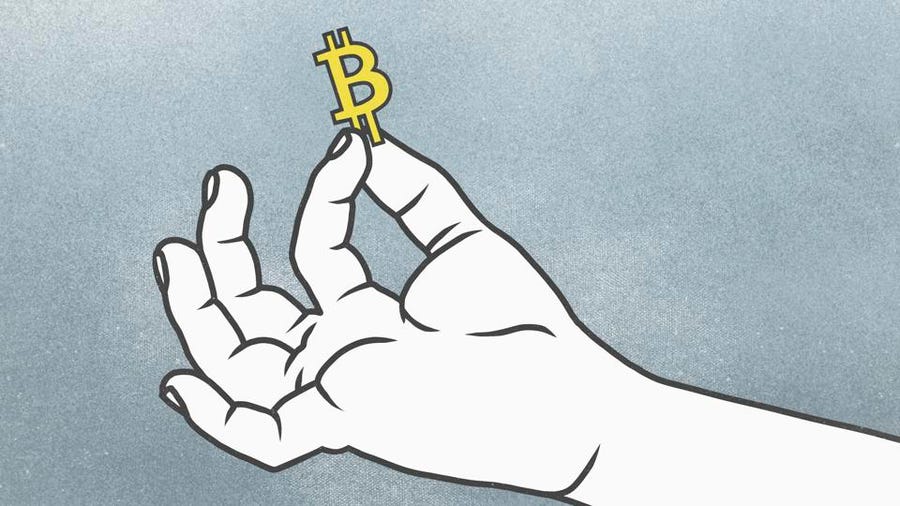Metaplanet Raises $60 Million to Fast-Track Bitcoin Purchases
21.12.2024 13:00 1 min. read Kosta Gushterov
Metaplanet, a Japanese investment firm, recently secured 9.5 billion yen (about $60.6 million) through two bond issues to speed up its Bitcoin acquisition strategy.
The company issued bonds worth 5 billion yen ($31.9 million) and 4.5 billion yen ($28.7 million), both with zero interest rates and due for repayment by June 16, 2025.
The funds raised will help Metaplanet bring forward its planned Bitcoin purchases originally set for 2025. CEO Simon Gerovich shared the news on social media, revealing that the company intends to accelerate its Bitcoin strategy in the current year.
Since announcing its decision to adopt Bitcoin as a key reserve asset in May, Metaplanet has steadily increased its holdings. As of mid-December, the firm owned approximately 1.14 million BTC, valued at roughly $110.3 million at current prices.
However, Metaplanet’s stock on the Tokyo Stock Exchange saw a drop of 4.24%, closing at 3,610 yen, despite a remarkable 2,023% increase in year-to-date performance. The firm also began trading on the U.S. OTCQX market, where its shares fell by nearly 10% on their debut.
Metaplanet’s strategy mirrors the Bitcoin-focused approach of other public companies like MicroStrategy, which holds the largest institutional Bitcoin reserve. By using bond funding to fuel its Bitcoin purchases, Metaplanet is part of a growing trend where traditional financial firms are incorporating Bitcoin into their long-term strategies.
-
1
Peter Schiff Warns of Dollar Collapse, Questions Bitcoin Scarcity Model
12.07.2025 20:00 1 min. read -
2
Bitcoin ETFs See $1B Inflow as IBIT Smashes Global AUM record
11.07.2025 21:00 1 min. read -
3
Corporate Bitcoin Adoption Soars: 125 Public Companies Now Hold BTC
16.07.2025 20:00 2 min. read -
4
Bitcoin Reaches $119,000 Milestone as Corporate Demand and ETF Inflows Rise
13.07.2025 17:45 2 min. read -
5
Bitcoin Price Prediction From Bernstein After the Recent All-Time High
14.07.2025 20:00 1 min. read
Billionaire Ray Dalio Revealed What his Portfolio Says About the Future of mMoney
Billionaire investor Ray Dalio, founder of Bridgewater Associates, has suggested that a balanced investment portfolio should include up to 15% allocation to gold or Bitcoin, though he remains personally more inclined toward the traditional asset.
Where Is The Smart Entry Point For Bitcoin Bulls?
With Bitcoin hovering near $119,000, traders are weighing their next move carefully. The question dominating the market now is simple: Buy the dip or wait for a cleaner setup?
Matrixport Warns of Bitcoin Dip After Hitting This Target
Bitcoin has officially reached the $116,000 milestone, a level previously forecasted by crypto services firm Matrixport using its proprietary seasonal modeling.
Bitcoin Risk Cycle Flips Again as Market Enters Safer Zone
Bitcoin’s market signal has officially shifted back into a low-risk phase, according to a new chart shared by Bitcoin Vector in collaboration with Glassnode and Swissblock.
-
1
Peter Schiff Warns of Dollar Collapse, Questions Bitcoin Scarcity Model
12.07.2025 20:00 1 min. read -
2
Bitcoin ETFs See $1B Inflow as IBIT Smashes Global AUM record
11.07.2025 21:00 1 min. read -
3
Corporate Bitcoin Adoption Soars: 125 Public Companies Now Hold BTC
16.07.2025 20:00 2 min. read -
4
Bitcoin Reaches $119,000 Milestone as Corporate Demand and ETF Inflows Rise
13.07.2025 17:45 2 min. read -
5
Bitcoin Price Prediction From Bernstein After the Recent All-Time High
14.07.2025 20:00 1 min. read


